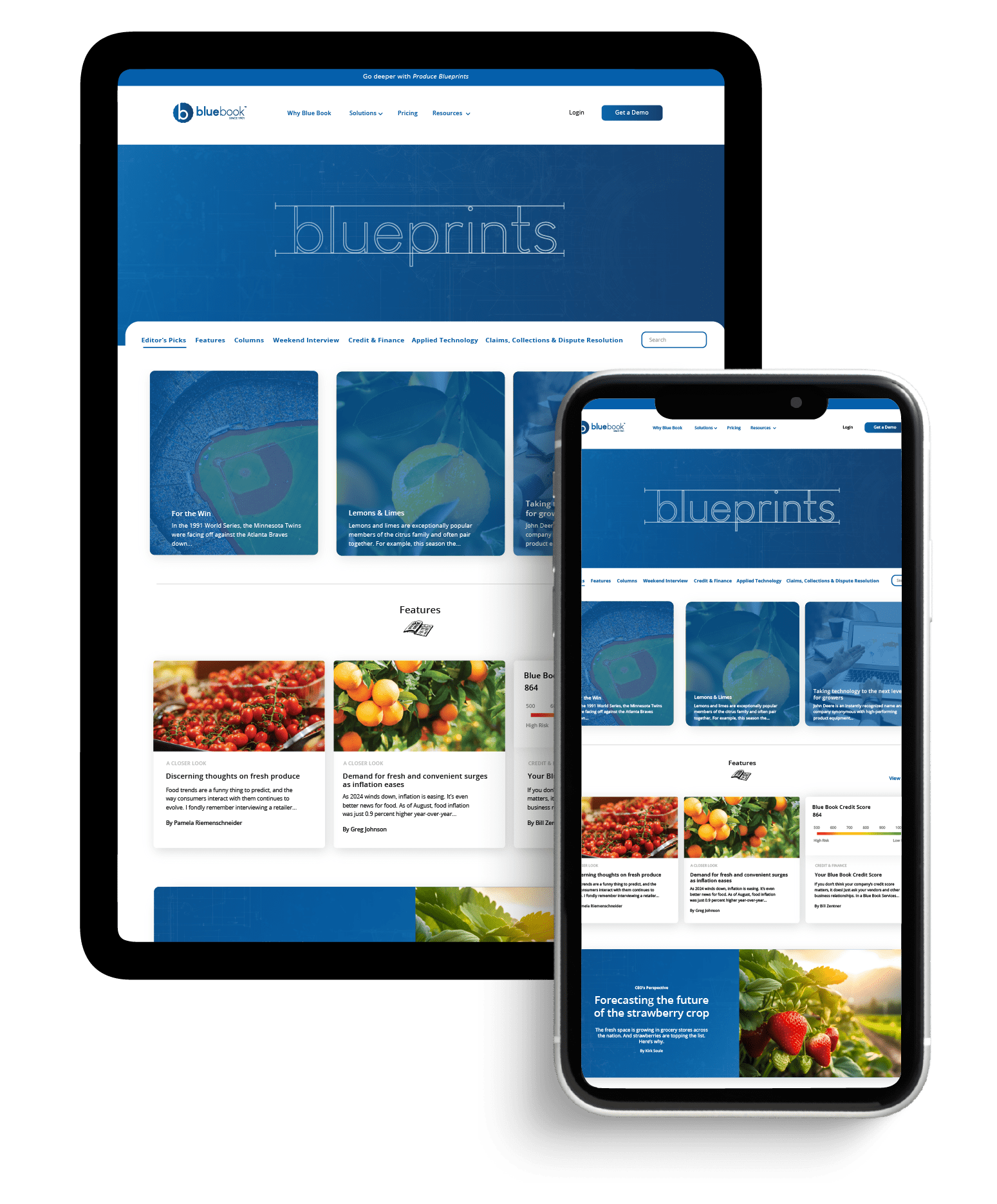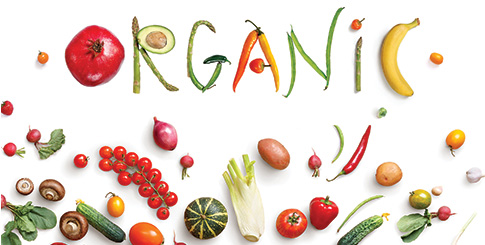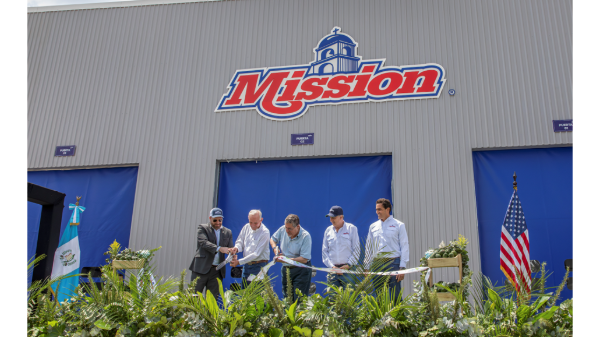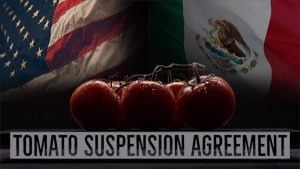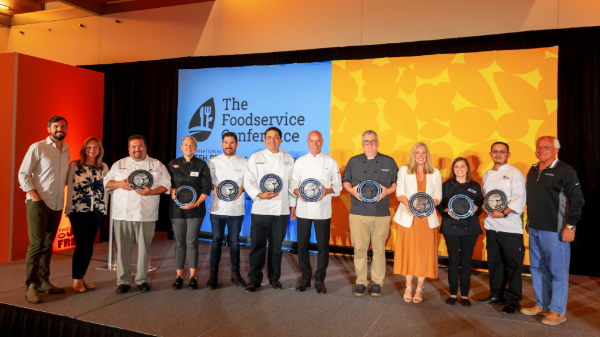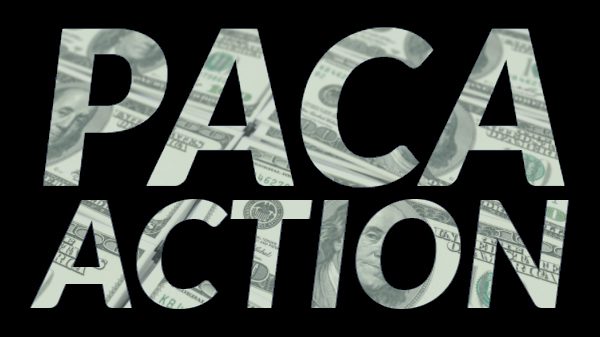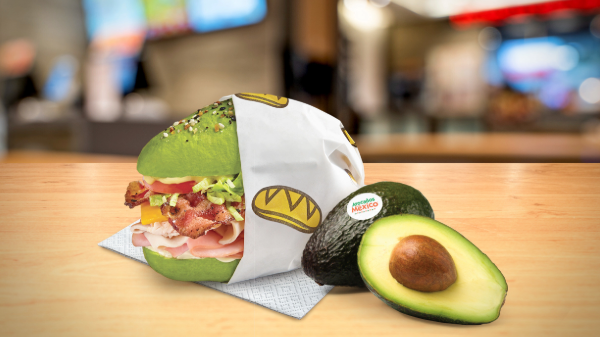Welcome to Blue Book!
Are you ready to join the thousands of companies who rely on Blue Book to drive smarter decisions? View our plans and get started today!
Still have questions? We’d love to show you what Blue Book can do for you. Drop us a line– we’ve been waiting for you.
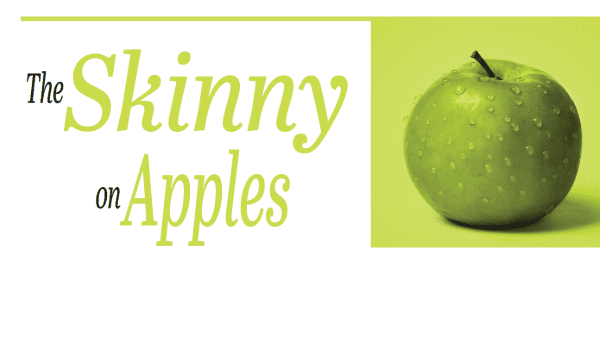
With explosion in new apple cultivars over the last few years—200 varieties growing across the United States according to the U.S. Apple Association, with 100 available at retail—is there a danger of oversaturating the market and confusing shoppers?
To some, the answer is obvious.
“Of course there is,” said Andy Tudor, vice president of business development for Rainier Fruit Company in Yakima, WA. BB #:113453 “Maybe we’re not there yet, but we’re certainly at a point of confusing our consumers.”
A case in point, Tudor said, are the many new bicolored apples (Gala, Fuji, Braeburn, Lady Alice, Autumn Glory, and Ambrosia).
“Without proper retail support through signage and demos, it can be challenging to interest consumers in your proprietary varieties.” Although, ultimately, “consumers will pick which ones make it and which ones won’t,” he adds.
Ray Norwood, director of sales and marketing for Auvil Fruit Company, Inc. in Orondo, WA, BB #:363320 agrees, citing the limited shelf space retailers will devote to apples. “So, choices with the attributes consumers are looking for will end up in that space.”
Cynthia Haskins, president of the New York Apple Association, BB #:153673 based in upstate Fishers, NY, near Rochester, is in the-more-the-merrier camp.
“One of the things New York is most proud of is our diverse array of apple varieties, which include our fan favorites—classic varieties like McIntosh, Empire, and Red Delicious—as well as popular varieties like our flavorful Gala and Honeycrisps.”
Further, Haskins said, is state growers are also on the lookout for the next big thing.
“New York embraces new varieties as well and is proud to grow SweeTango and our two ‘exclusive to NY’ varieties—SnapDragon and RubyFrost.”


